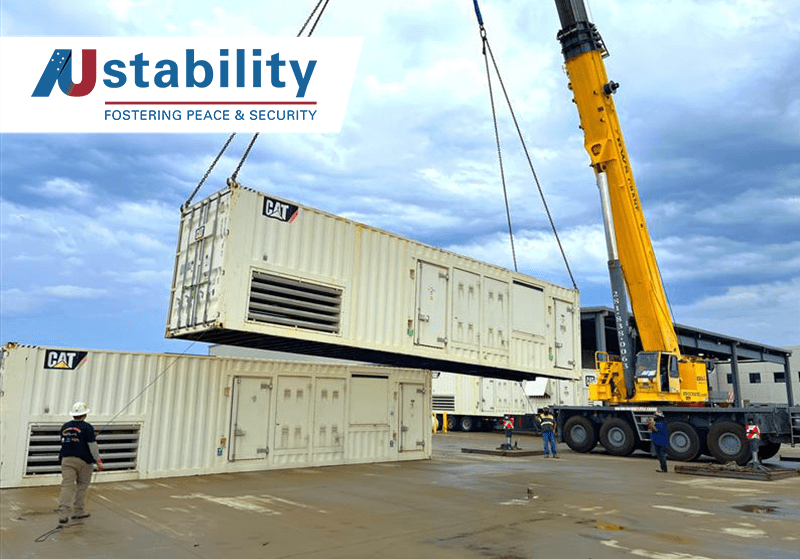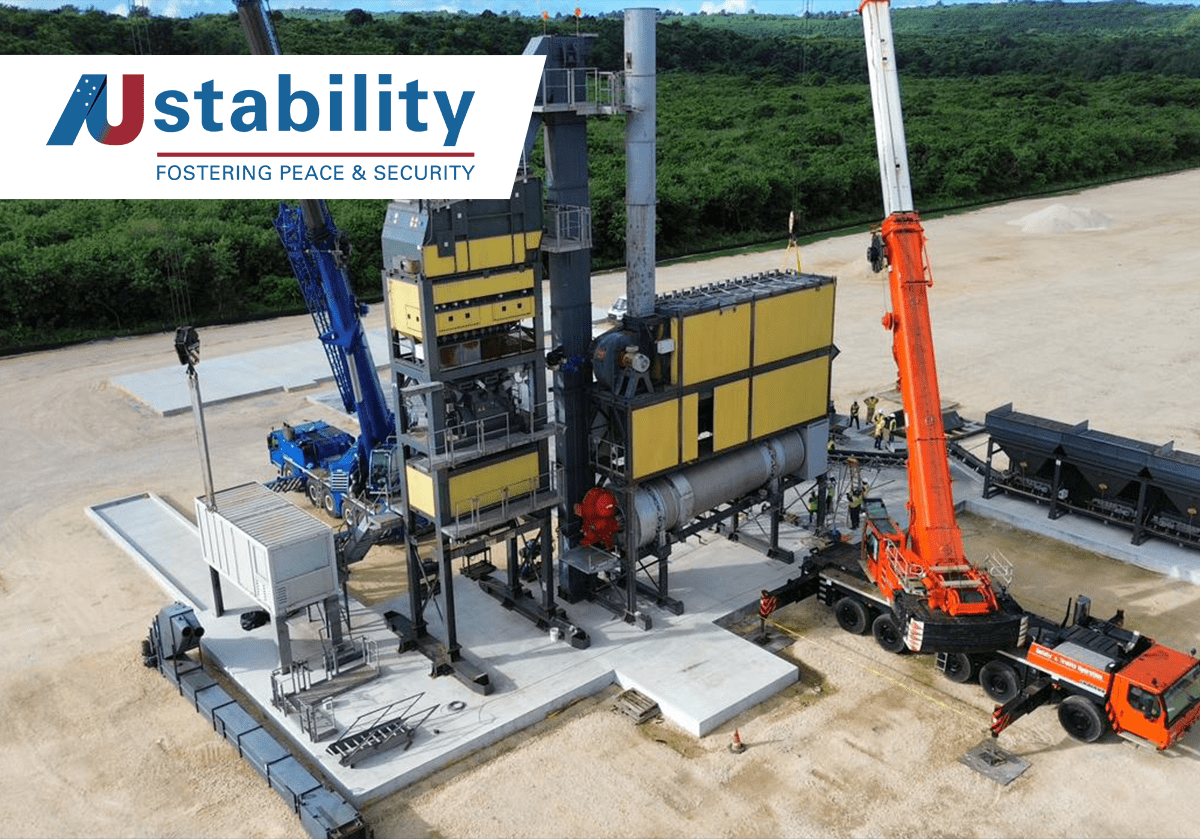Mission-Critical Energy Reinvented: The Rise of Hydrogen
Earlier this month at AUSA in Washington, the conversation around mission-critical energy took a decisive turn. The message was clear: the future of military power isn’t just about keeping the lights on—it’s about how, where, and with what impact we generate that power. The exponential growth in demand for reliable, resilient energy at the tactical edge is driving a fundamental rethink of how expeditionary and remote bases are powered.
By Tom McCroskey, President & CEO, Austability Power Generation
For decades, diesel has been the backbone of deployed military power. But the costs—financial, logistical, and environmental—are mounting. Every gallon of diesel must be shipped, often through contested supply lines, at enormous expense and risk. The U.S. military spends about $16 billion annually on fuel, with 30% of that going to power generation on bases and the remainder for vehicles, aircraft, ships and combat operations. Diesel generators also emit significant CO₂ and other pollutants, clashing with DoD mandates for net-zero emissions and exposing bases to detection through noise and heat signatures.
At AUSA, it became clear that hydrogen-sourced power is a game-changer, and as we know at Austability Power Generation (APG), it is a deployable reality. APG’s hydrogen solutions can create fuel on-site, eliminating the need for vulnerable supply chains. Recent Department of Defense (DoD) prototypes, such as the Expeditionary Hydrogen On Ship & Shore (EHOSS) project, are already demonstrating containerized hydrogen generation and fueling for both shipboard and shore operations. These systems use commercial-off-the-shelf electrolysis to produce high-purity hydrogen daily, supporting everything from ground power units to unmanned systems and surveillance balloons.
Hydrogen fuel cells offer silent, low-heat, zero-emission power, dramatically reducing the acoustic and thermal signatures that expose bases and units to enemy sensors. The U.S. Naval Research Laboratory’s Hydrogen Small Unit Power (H-SUP) system, for example, has proven lighter, quieter, and more energy-dense than batteries or combustion generators in field trials.
APG’s approach is to deliver tailored hydrogen solutions, whether for mobile expeditionary units or stationary base installations. Our systems are modular, rapidly deployable, and can be scaled to meet the needs of small forward operating bases or large, powered installations. We’re also pioneering hydrogen refueling stations for drones, enabling unmanned systems to operate far beyond the range of battery-powered alternatives.
While green hydrogen production is still more expensive per unit than diesel, its efficiency (up to 60% vs. diesel’s 35–40%) means less fuel is needed for the same job. Operational and maintenance costs are also lower, with hydrogen generators requiring less frequent servicing and offering longer lifespans. Critically, hydrogen systems produce only water as a byproduct, eliminating greenhouse gas emissions and supporting DoD climate adaptation goals.
At AUSA, it was clear that the value of our core capabilities – ground power units, powered bases, and hydrogen refueling infrastructure – has never been higher. The ability to deliver resilient, independent power is now seen as a strategic advantage, not just a logistical necessity. As the demand for power grows exponentially, so does the need for solutions that are agile, sustainable, and secure.
Hydrogen has been discussed in defense circles for over 15 years, but the capability to deliver at scale has changed dramatically in the past three to four years, and especially in the last 12 months. Advances in fuel cell technology, modular generation units, and field-operable refueling stations have moved hydrogen from the lab to the battlefield.
Austability Power Generation is committed to leading this transformation. Our hydrogen solutions are ready to meet the needs of expeditionary forces, powered bases, and unmanned systems—delivering cost savings, operational flexibility, and environmental stewardship. The future of mission-critical power is here, and it’s powered by hydrogen.
To learn more about Austability’s hydrogen solutions and how we can support your mission, contact Tom McCroskey at tom.mccroskey@auspowergen.com.




